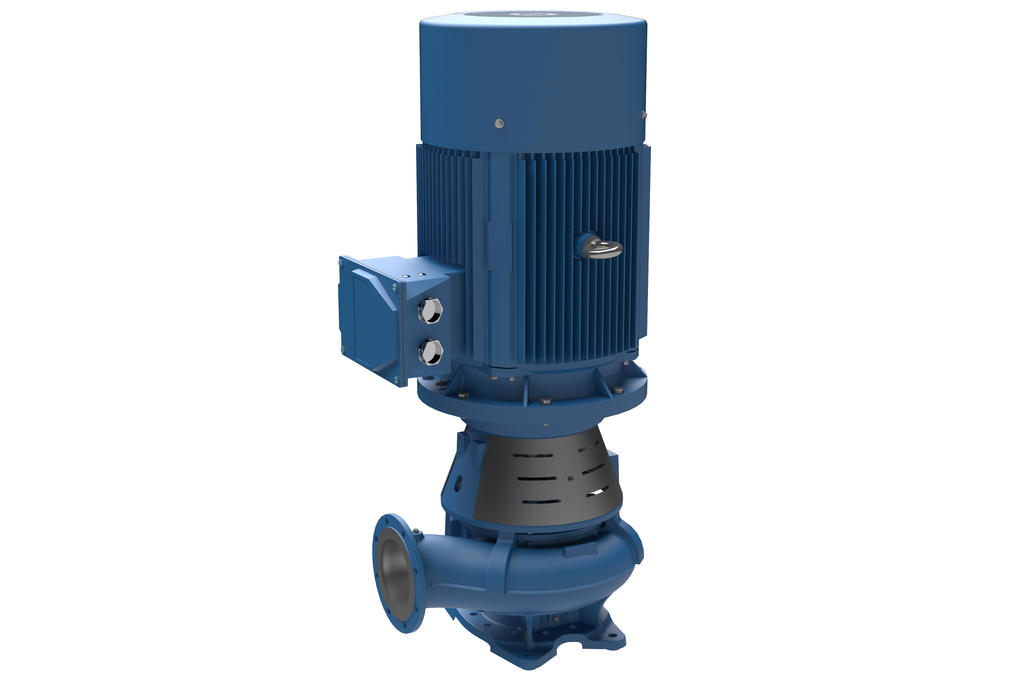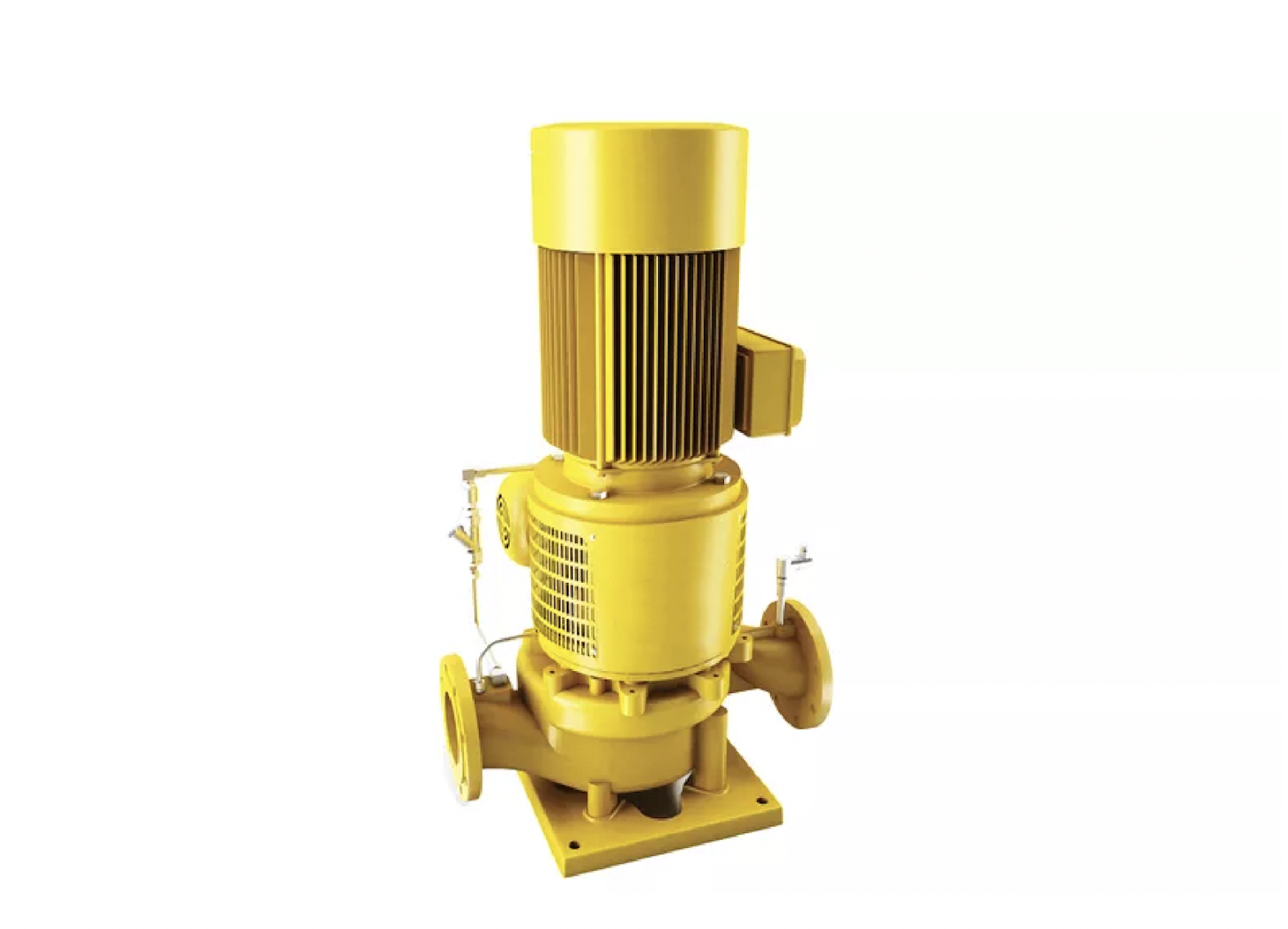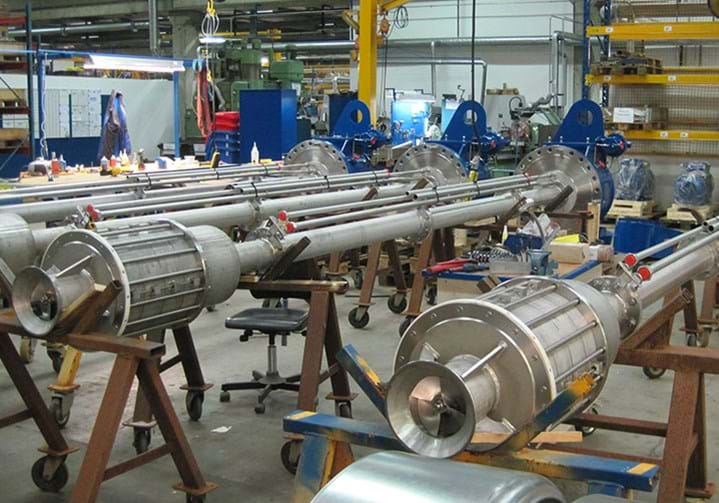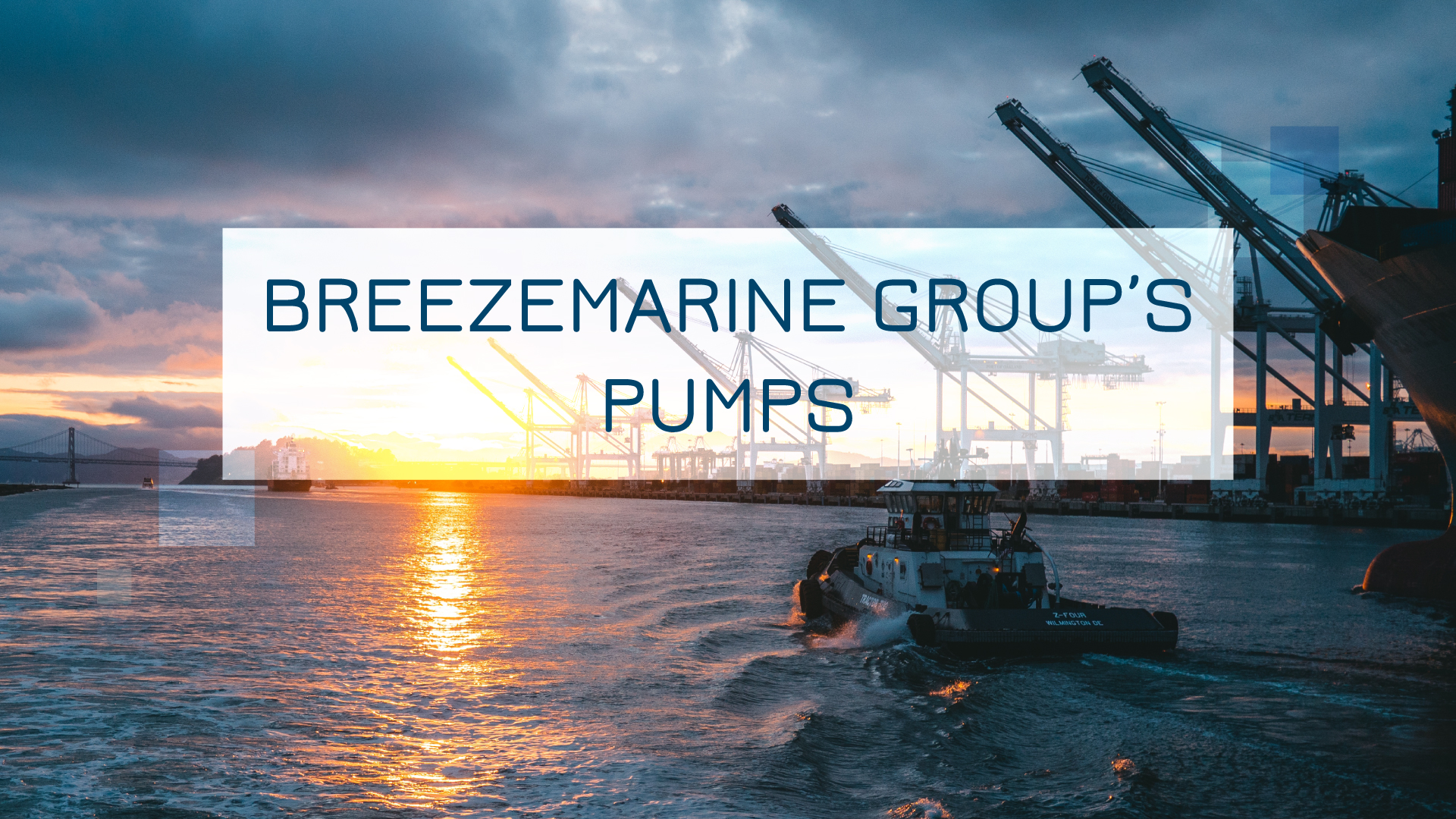Marine pumps play a crucial role in transporting liquids and gases throughout ships, facilitating the movement of fresh and seawater, liquid fuel, lubricants, cooling fluids, air, steam-air mixtures, and more. At Breezemarine Group, we specialize in the installation and maintenance of various types of marine pumps, ensuring the efficient operation of your marine systems.
Understanding Pump Operation
The fundamental principle of pump operation remains consistent across different types. When a pump operates, it creates a vacuum in the suction pipeline while generating excess pressure in the discharge section. Consequently, the liquid, under atmospheric pressure, flows into the discharge cavity, then proceeds to the working components of the pump. Through pressure cavities and pipelines, the liquid is directed to the pumped container or discharged overboard.
Diverse Pump Types
Pumps can be classified based on their specific principles of function. They include:
- Volumetric pumps – such as piston and rotary pumps.
- Vane pumps – encompassing centrifugal, axial, and vortex pumps.
- Jet pumps – including ejectors and injectors.
- Membrane pumps.

Image: Centrifugal Pump
Key Pump Characteristics
Several parameters define the performance of a pump:
- Volumetric capacity – the volume of liquid pumped per unit of time.
- Head – the pressure generated by the pump, expressed in meters of the water column.
- Vacuum suction height – the pump’s ability to lift liquid through the suction pipeline, measured in meters of the water column. It represents the combined height of the water column and the pressure loss required to overcome resistance in the suction line.
- Power – the energy provided to the pump by the drive motor, measured in kilowatts or horsepower.
- Efficiency factor – the ratio of useful power to pump power.
- Rotations per minute or piston strokes – a parameter influencing performance, pressure, and power.
Part of a Comprehensive System
All pumps function within specific systems and fulfill distinct tasks. Accordingly, pumps can be categorized as follows:
Ship-wide pumps
- Ballast pumps – for transferring liquid ballast, draining, and filling ballast tanks. Compliance with regulatory standards mandates at least one independent ballast pump on each vessel.
- Dewatering pumps – to remove water from various compartments prone to water ingress. Vessels must have at least two independent pumps with mechanical drive.
- The fire-fighting system pumps – supplying seawater for fire-fighting water systems. These pumps are typically autonomous, self-priming centrifugal multistage pumps with electric drive, while emergency fire stationary pumps may utilize diesel drive.
- Drainage pumps – emergency pumps for evacuating large amounts of water from flooded rooms.

Image: Ballast Pump
Special pumps
- Roll and trim pumps – delivering seawater to roll and trim tanks and subsequently removing it overboard.
- Cargo pumps – transporting liquid cargo within vessels, to shore, or other vessels. These pumps are usually autonomous centrifugal pumps powered by electric or steam turbines.
- Cleaning pumps – eliminating liquid cargo residues and waste-washing substances from cargo tanks.
- Washing pumps – supplying remnants of liquid cargo to cargo tank washing devices. Self-contained centrifugal pumps with electric or steam turbine drive are employed.
 Image: Cargo Pumps
Image: Cargo Pumps
Pumps of main and auxiliary mechanisms
- Injectors – supplying fuel from fuel tanks to injectors.
- Fuel pumps – transferring fuel from main tanks to consumable tanks.
- Condensate and condensate-air pumps eliminate condensate or air and condensate mixtures from condensers.
- Vacuum pumps (for condensing units) – extracting air from condensers and maintaining vacuum levels.
- Circulating pumps (seawater or freshwater) – facilitating the pumping of seawater through marine condensers and heat exchangers, as well as the circulation of fresh water for cooling ship components and parts.
- Cooling fuel and oil pumps – directing oil or fuel through cooled injectors and pistons of powerful diesel engines.
- Lubricating oil pumps – supplying oil to lubricate rubbing surfaces of ship mechanisms.
- Oil pumps – transferring lubricating oil within vessels, including pumps dedicated to handling used and contaminated oil.
Contact Us Today!
At Breezemarine Group, we take great pride in our expertise and meticulous attention to detail. In addition to our exceptional services, we offer a comprehensive range of replacement parts for all major pump brands. Whether you need a specific component or a complete pump, we have you covered.
When you choose to work with us, you can trust that you’ll receive more than reliable products and services. Our team of experts is committed to providing expert advice and unwavering support throughout the maintenance process. We’ll be there for you every step of the way, ensuring a smooth and efficient experience.
